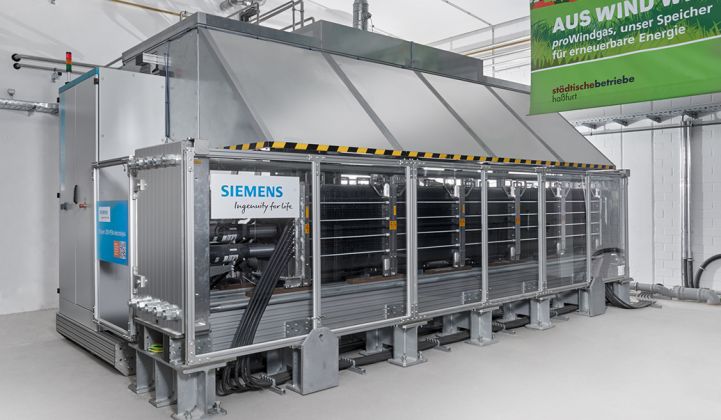Green hydrogen is both an untested and a potentially vital way for renewable-energy-powered grids to store their intermittent power for later use, not just for hours at a time, but for days, weeks or even seasons ahead. Most of the early-stage work on hydrogen’s grid storage potential is happening in Europe and Asia, but the U.S. does have a few projects taking steps toward proving out the concept. Take the Intermountain Power Project , the coal-fired power plant in Utah converting to turbines that will use natural gas blended with 30 percent hydrogen, a proportion that will rise to 100 percent hydrogen over the coming decades. That 840 megawatts of generation capacity, serving customers including California’s Los Angeles Department of Water and Power, could become a source of increasingly low-carbon energy fueled by hydrogen stored in massive underground caverns — if the systems to use renewable energy to convert water to hydrogen via electrolysis and store it for later use can combine in a cost-effective way.
On Monday, Siemens Energy announced a U.S. Energy Department grant-funded project to study how its Silyzer electrolyzers could be combined with hydrogen compression, storage and power plant controls technology to meet those goals at Intermountain. It’s the latest of three […]
Click here to view original web page at www.greentechmedia.com
Credit: Siemens

